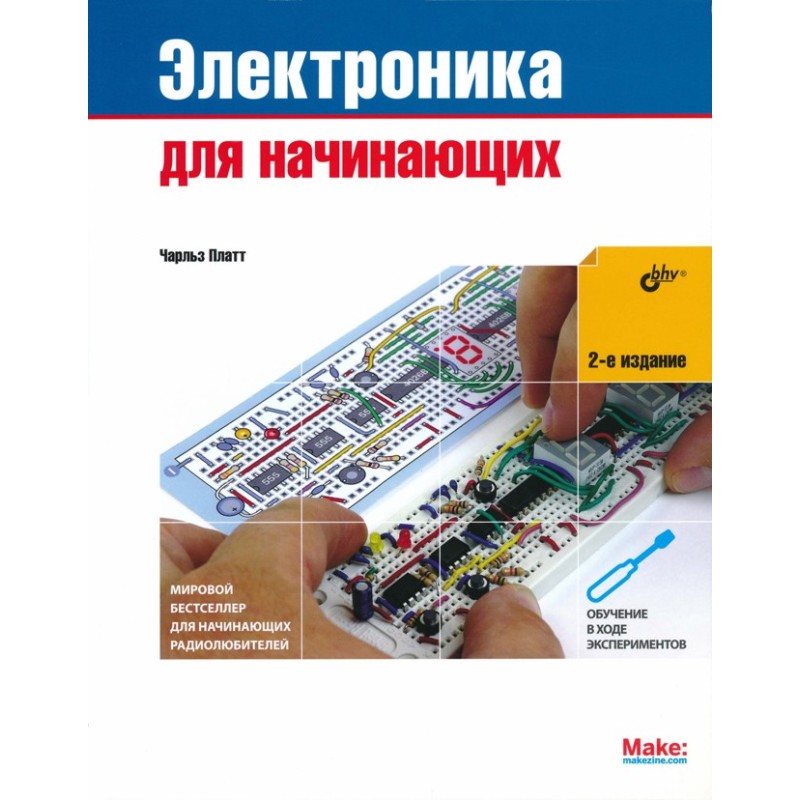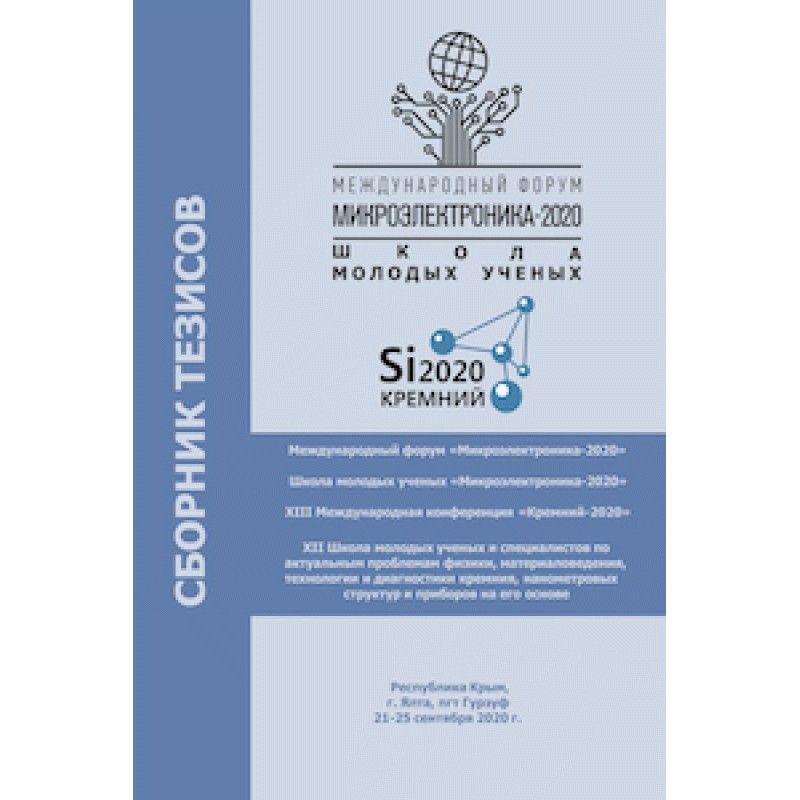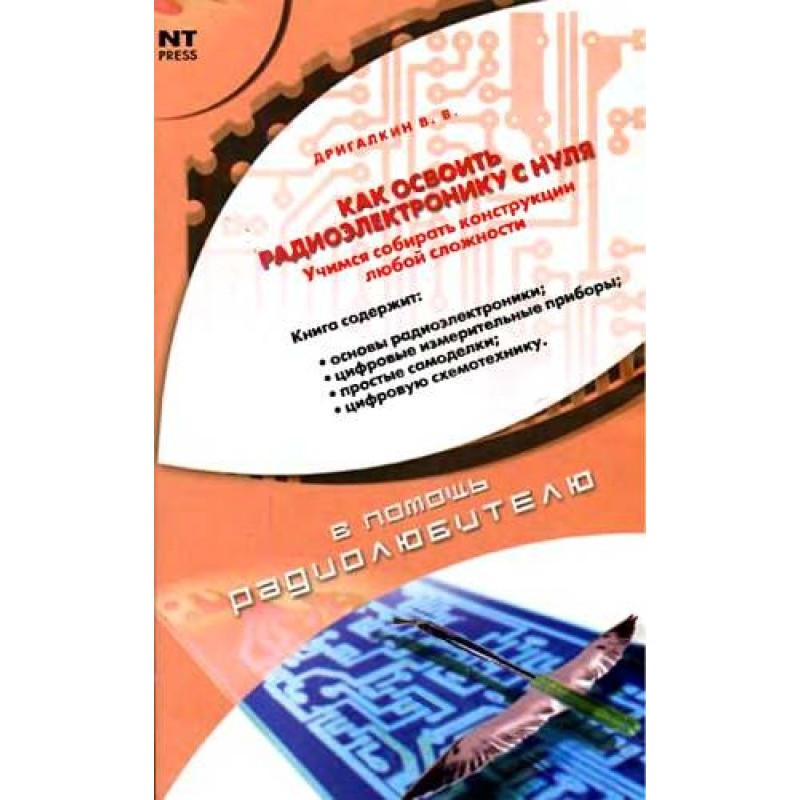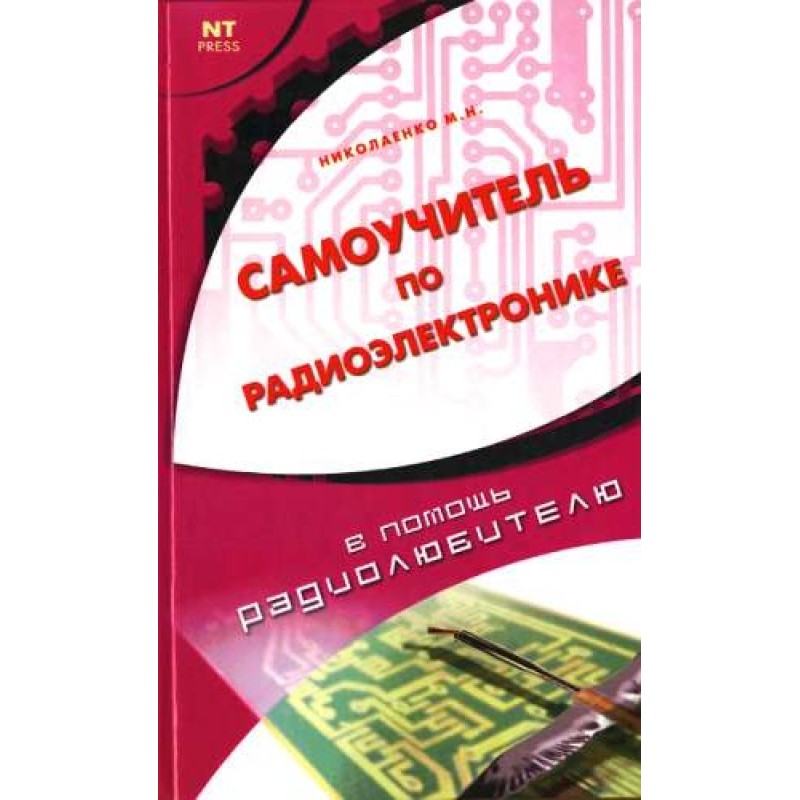Active SMD components. Marking, characteristics, replacement
 Instant download
Instant download
after payment (24/7)
 Wide range of formats
Wide range of formats
(for all gadgets)
 Full book
Full book
(including for Apple and Android)
In the electronics industry, the greatest demand is for devices that are multifunctional, with components installed as tightly and compactly as possible.
To meet these requirements, active electronic components (diodes, transistors, integrated circuits) are manufactured in special cases and are installed on printed circuit boards using the surface mount method (SMD - surface mount devices). This method replaces the conventional mounting method in which components are inserted into holes on printed circuit boards.
Currently, more than 50% of electronic components used in industrial and consumer electronics devices are SMD devices, and the percentage is increasing. Expert estimates suggest that their share in the next 5 years will be 75–80%.
SMD components are becoming smaller, improving such characteristics of devices as increased packaging density. At the same time, SMD components, due to their miniature size, do not allow the type rating (full name) of the device corresponding to the brand name to be applied to the body, like standard semiconductor devices. Therefore, manufacturers mark SMD devices with a special code (SMD code), which can contain one or more arbitrary characters (letters, numbers, graphic symbols). The coding system is completely arbitrary, not subject to any standards. It is also necessary to take into account that the color and (or) order of placement of alphanumeric or graphic symbols on the case also matters.
Thus, identifying the type of device by its SMD code can be a difficult task. And, unfortunately, each SMD code of a device is not necessarily unique.
It is quite possible that different manufacturers put different devices in the same housing with the same SMD code. For example. a device with SMD code 6H in a SOT-23 package can be either an n-p-n transistor BC818 (CDIL), or a varicap FMMV2104 (ZETEX), or an N-channel field-effect transistor MMBF5486 (MOTORLA), or a p-n-p digital transistor MUN2131 (MOTOROLA), or pnp digital transistor UN2117 (MATSUSHITA), or CMOS integrated circuit voltage detector R3131 N36EA (RICOH). Even the same manufacturer can use the same code for different devices.
To identify the type rating of a device by its SMD code, you need to find out the manufacturer, the type of case and read the SMD code printed on the case.< /p>
Data sheet
- Language
- Russian
Reviews
Незамінний посібник для електроніків!
Книга "Активні компоненти SMD. Маркування, характеристика, заміна" стала для мене справжнім відкриттям у світі електроніки. Вона детально описує всі аспекти роботи з SMD-компонентами, які в наш час стають дедалі популярнішими. Автор майстерно пояснює, чому важливо знати про специфіку маркування та ідентифікації цих компонентів, адже їхні мініатюрні розміри ускладнюють процес розпізнавання. Особливо вразила інформація про те, як різні виробники можуть використовувати однакові SMD-коди для різних пристроїв, що робить цю тему ще більш актуальною для тих, хто займається ремонтом або розробкою електроніки. Книга містить безліч корисних порад та рекомендацій, які допоможуть уникнути помилок при заміні компонентів. Я б рекомендував цю книгу не лише професіоналам, але й початківцям, які хочуть поглибити свої знання в електроніці. Вона стане незамінним помічником у будь-якій електронній майстерні!












